In light of the recent detections of gravitational waves from mergers of compact objects, how might the presence of dark matter, particularly in the form of ultra-light bosons or primordial black holes, influence the generation of gravitational waves, and what ...Read more
In light of the recent detections of gravitational waves from mergers of compact objects, how might the presence of dark matter, particularly in the form of ultra-light bosons or primordial black holes, influence the generation of gravitational waves, and what potential does the emerging field of gravitational wave astronomy offer in detecting indirect signatures of dark matter or testing alternative dark matter models in a way that direct detection experiments cannot?
Read less
The recent detections of gravitational waves (GW) from the mergers of compact objects like black holes and neutron stars have opened a new frontier in astrophysics, allowing us to study phenomena that were previously out of reach. The potential connection between gravitational waves and dark matter,Read more
The recent detections of gravitational waves (GW) from the mergers of compact objects like black holes and neutron stars have opened a new frontier in astrophysics, allowing us to study phenomena that were previously out of reach. The potential connection between gravitational waves and dark matter, particularly in the form of ultra-light bosons (e.g., axions) or primordial black holes (PBHs), is a highly active area of research. Let’s break down how dark matter might influence the generation of gravitational waves and how gravitational wave astronomy could provide indirect signatures of dark matter.
Influence of Dark Matter on Gravitational Wave Generation:
Gravitational Wave Astronomy and Dark Matter:
The emerging field of gravitational wave astronomy holds significant potential for detecting indirect signatures of dark matter and testing alternative dark matter models that are challenging to probe through direct detection experiments. The influence of dark matter—particularly in the form of ultra-light bosons or primordial black holes—on the generation of gravitational waves could be reflected in subtle changes to the observed waveforms, providing new insights into the nature of dark matter and its role in the cosmos. Gravitational wave observatories, therefore, offer a promising and complementary tool to direct detection experiments, allowing scientists to probe the dark universe in ways that were previously unattainable.
See less